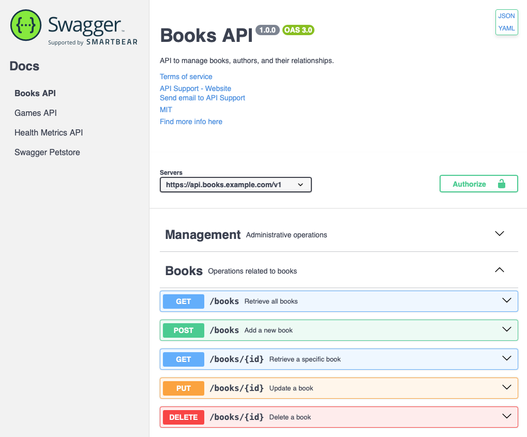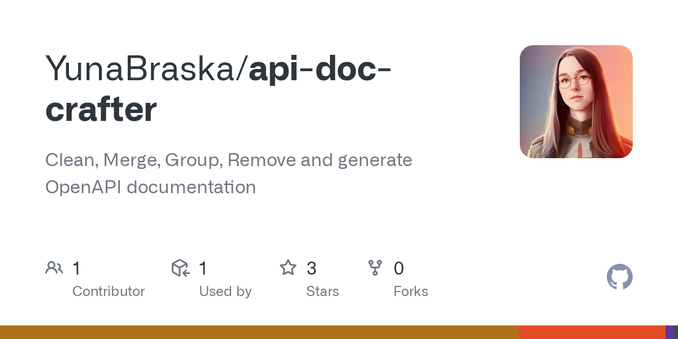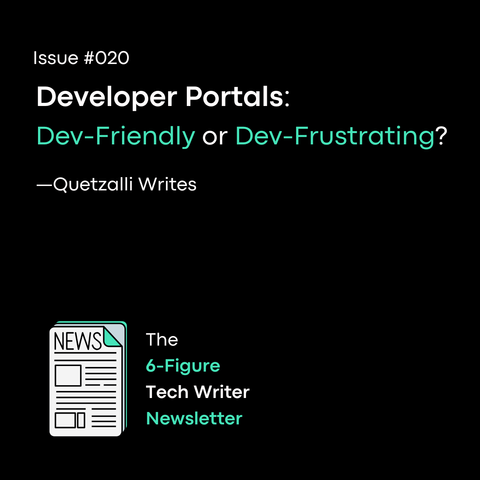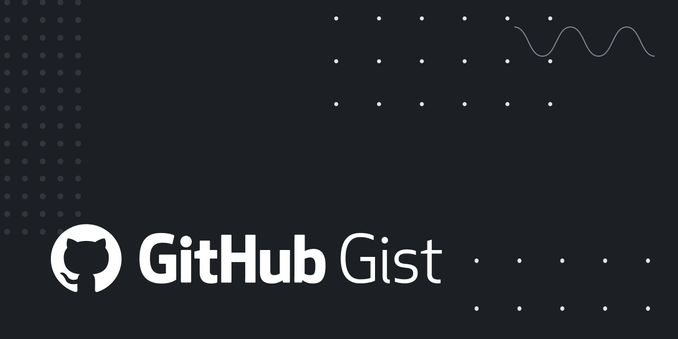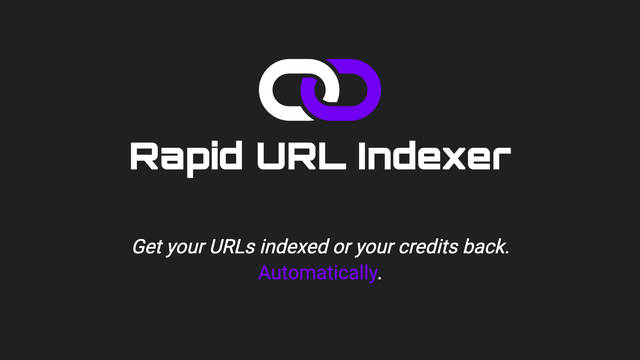🚀 New Release: API-Doc-Crafter just got sharper. Cleaner. Meaner.
Giving my little OpenAPI merging monster some upgrades.
It all started with a simple idea: merge OpenAPI specs from multiple repos.
Now? It transforms outdated Swagger specs to OpenAPI 3+, generates HTML pages with full navigation, and allows customization via config or env.
✨ SecurityRequirement deduplication - because why merge APIs if you can't also merge logic?
🧠 Custom metadata enrichment - inject your info, license, contact, and docs straight from config. No more excuses.
🔁 Better parser fallback - now tries more ways to read broken specs than your average intern in panic mode.
🎭 Variable substitution in outputs - ${variables} be gone. Use env or config, stay DRY, stay sane.
🧪 Tests expanded. HTML, JSON, YAML outputs covered like a nuclear bunker.
🧰 Powered by GraalVM, no reflection, blazing fast.
🐳 Native Docker builds.
🧼 Reflection config surgically trimmed. Less bloat. More edge.
Project: https://github.com/YunaBraska/api-doc-crafter
Happy crafting. And remember: if your docs aren't automated, they're probably lies.
#OpenAPI #Swagger #APIdocumentation #DevTools #GraalVM #Java21 #Docker #Automation #CleanCode #DevLife #APIDocs #OpenSource #DeveloperTools #coding #programming
